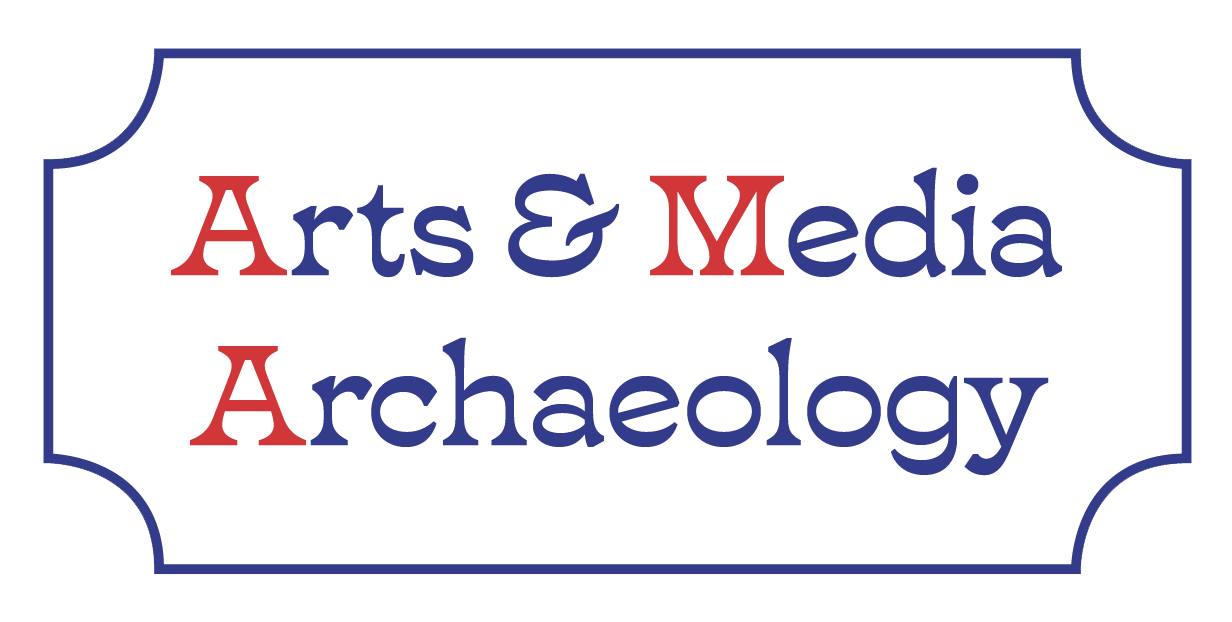A Nigerian medical student went viral when he shared an illustration of a black pregnant woman.
The image stirred up emotions as people realized they had never seen this kind of image of someone of colour. SciFair PhD student Gitte Samoy reflects on this ‘new’ insight.
The viral image made something painfully clear: even in the twenty-first century, the medical field was still presenting the white body as the default. It not only revealed a lack of diversity in the medical field, but also demonstrated another point: although these images claim to be neutral recordings of reality, visualizing anatomy and medicine is not a mere act of representation.
Quite the contrary, actively choosing what is depicted in what way, and what is not, reflects certain societal ideas. In turn, these images affect how we come to understand our bodies, health and disease; and even matters beyond that.
Anatomy as spectacle
It is precisely this conclusion that is the starting point for my research. Let’s jump back from the twenty-first to the nineteenth century, when popular anatomical museums were a major attraction on the fairground. For my PhD research, I am studying the performance of anatomy, medicine and anthropology at the funfair between 1850 and 1940. I look at how these popular exhibitions played a role not just in the dissemination of knowledge, but also in the spread of ideas about health and disease; and on gender, class and race as well.
From the eighteenth century onwards, there was a huge public interest in science, and anatomy in particular. Anatomical exhibitions showing both wax models and natural specimens soon became a regular attraction on the fairground, next to ‘freakshows’ and exotic spectacles, satisfying people’s curiosity towards wondrous and strange bodies. In these travelling museums visitors were introduced not only to the study of anatomy, but also pathology, embryology, ethnology, new surgical procedures and so on…
"Know yourself!"
While you might think that these museums’ success was mainly down to their appeal to the public’s appetite for sensationalism, operators eagerly emphasized their educational role. Due to their central place on the fairground and their low entry fees, they were able to reach both bourgeois and working-class audiences to spread their message. They maintained that by learning about the body, people would be able to take care of their health better, which was seen as a societal duty for every individual. Which also meant that if you became sick, it was your own responsibility.
These museums aimed to help visitors better understand their own bodies and warn them about the consequences of living immoral lives, such as venereal diseases and the effects of alcohol.
But this was not the only thing on display. Museum operators, who often presented themselves as a professor or doctor, also presented curious and anomalous bodies. Museums showcased models and images of people with physical deviations and often had a separate ethnological section containing wax effigies of non-western peoples. Visitors thus not only got to know themselves, but also those who were considered as ‘different’ and ‘other’ according to contemporary standards.
A popular kind of anatomy?
This sneak peek into these museums already gives a hint of what kind of underlying messages they helped spread. The funfair attracted large crowds in each town, so it’s not hard to imagine the wide reach these spectacular bodies must have had.
Which ideas about bodily norms and health were spread? And how did they relate to other discourses on identity, race and nation?
In this same period, the medical profession increasingly sought to ensure its authority in society and to monopolize knowledge over the body. How can we understand the role of anatomical entertainment in relation to medical developments? As fairground attractions traversed various towns, across borders, do we see regional differences in how these exhibitions were received?
These are the many questions fuelling my research.
Curious to discover the answers and to learn more about the spectacular bodies that enthralled fairground audiences? Keep an eye on our website and newsletter to stay up-to-date with our project.
Author
-
Gitte Samoy is part of the EU-funded research project Science at the Fair as a doctoral researcher. Her subproject is titled "Spectacular Bodies: Performing Anatomy, Medicine and Anthropology", in which she examines the circulation and performance of ideas of the body, gender, race and class in popular science performances at the fair.



